- 03.0Cover
- 03.1IBC (Indian Brand Corporation): Dystopic AutonomyJoseph Tisiga
- 03.2How to Read this Broadsheet
- 03.3Carrying CapacityMarina Roy
- 03.4Open Letter to the Federal GovernmentW.R. Peltier, D.W. Schindler, John P. Smol, David Suzuki
- 03.5Claiming Bad KinAlexis Shotwell
- 03.6A Brief History of FeelingJacquelyn Ross
- 03.7Energy-Bearing MediaJeff Diamanti
- 03.8Figures 1928, Airline routes and distancesMalala Andrialavidrazana
- 03.9What is Growth?D.T. Cochrane
- 03.10This, Too, Will ContaminateJoy Xiang
- 03.11The Need for Urban Climate JusticeSara Hughes
- 03.12The role of municipalities in changing behaviours
The Climate Change Project, City of Mississauga
- 03.13A PEOPLE'S ARCHIVE OF SINKING AND MELTING: NUNAVUTAmy Balkin
- 03.14Local Useful Knowledge: Resources, Research, Initiatives
- 03.15Glossary
A PEOPLE'S ARCHIVE OF SINKING AND MELTING: NUNAVUT
CALL FOR PARTICIPATION
- Amy Balkin
"Sinking and melting" places exist around the world–they are places that are already or in the near future may become uninhabitable because of the combined physical, political, and economic impacts of climate change, including sea level rise, erosion, flooding, glacial melting and subsidence.
A People's Archive of Sinking and Melting invites contributions from Nunavut. If where you live is threatened to disappear–becoming uninhabitable now or in the foreseeable future–please contribute to A People's Archive of Sinking and Melting.
HOW TO CONTRIBUTE
1. CHOOSE any* item
Your contribution can be something natural, manufactured, found, made, or discarded, including trash. Any item is equally valuable as a record of a sinking or melting place, as contributed by someone who lives there. It doesn't have to originate from that place–it can be anything that is there.
*WEIGHT LIMIT:
Your contribution should weigh 1/2lb. or less. Do not contribute items with import/export prohibitions/restrictions.
2. MAIL your contribution to:
A People's Archive of Sinking and Melting c/o Amy Balkin, Registrar 2136 Fell Street, Apt. 301 San Francisco, CA 94117
3. EMAIL the below information about your item to: [email protected]
1. Item name:
2. Materials:
3. Contributed by:
4. Location:
5. Latitude/Longitude (if available):
6. Location is Sinking/Melting/Other:
7. Date found/contributed:
8. Notes/further information:
9. Attach JPG/phone images (up to 10MB)
Your contribution will be permanently added to the archive and exhibited in the future, when it will be presented with the information you provided and the UNFCCC Party Grouping of the location it represents.
4. ADD an interview (optional):
If you'd like to provide an interview to ac- company the archive online (and for possible publication) answer and email these questions –
• Do you live where the object came from? If not, what is your relationship to that place?
• What have you seen disappear, or expect to disappear, environmentally or otherwise? What do those disappearances mean?
• What's your relationship to the object(s) you contributed?
• Why did you contribute to the archive? What do you hope for your contribution, and the archive generally, to change or draw attention to?
Interviews can be found on the COLLECTIONS pages
ANY QUESTIONS?
Please email co-registrar Amy Balkin at [email protected].
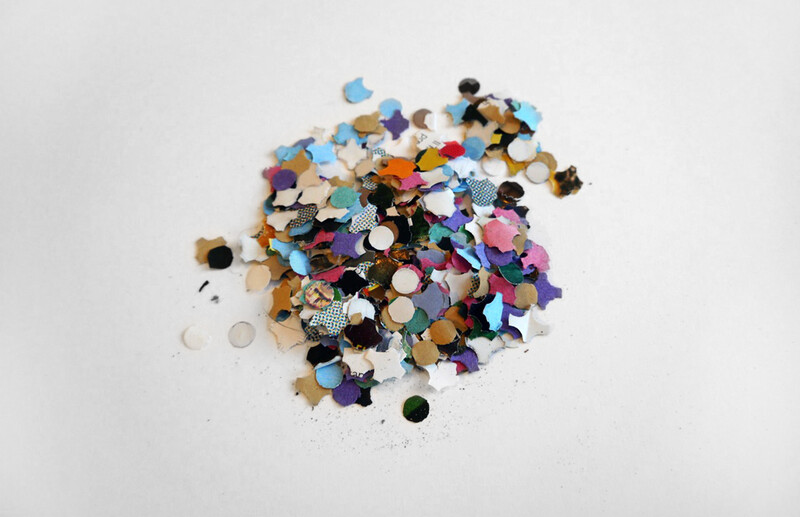
Confetti
Colored paper
Laura Colomban and Marcel Sparmann
Venice, Italy
45° 26′ N, 12° 20′ E
February 23, 3013
“Confetti from the Venice Carneval.”
VENICE COLLECTION
2.13/6079
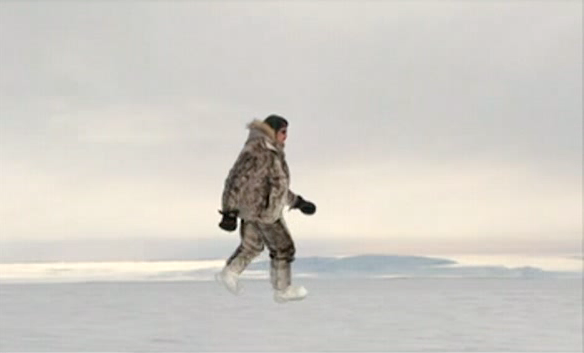
Global Warming Dogsled Expedition
Video on PAL DVD
Øle Jorgen Hammeken and Bertrand Lozay
Uummannaq, Greenland
Lat/Long: 70°40′29″N, 52°07′35″W
December 2012
In 2007 an UPI expedition led by Ole Jorgen Hammeken found an alternative route from Uummannaq-Ikerasak to Ilulissat through the ice-cap. Because of the last 10 years global warming there is now longer sea-ice on the Disko Bay during the Winter, and the old dogsled route is not possible to use anymore. - Uummannaq Polar Institute
GREENLAND COLLECTION
10.12/6025
Annex I, II, B (Denmark)
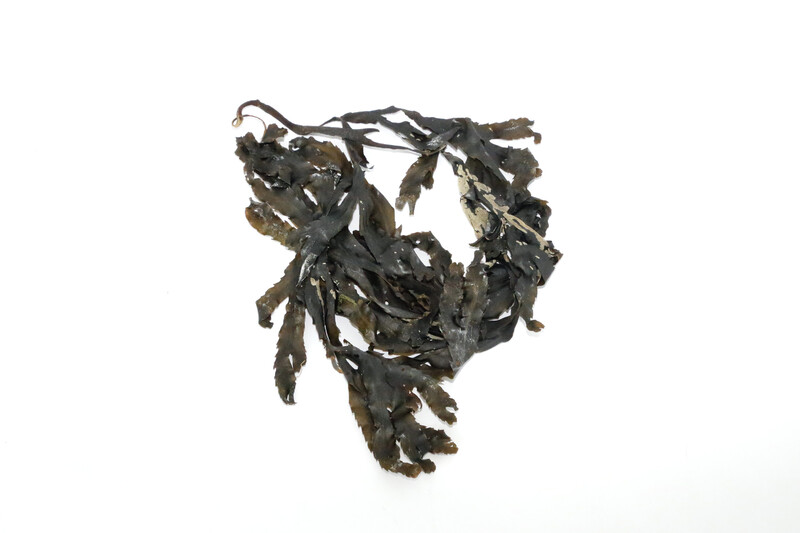
Seaweed
Toothed wrack, Fucus serratus (TBD)
Michael Hampton
Burton Bradstock, Dorset, United Kingdom
Lat/Long:
Saturday 30 August, 2014
“In Memoriam Charlotte Blackman.”
The sample was collected on the Hive beach, Burton Bradstock, close to the site of a fatal rockfall that happened in 2012. Erosion at the site was due to a combination of extreme rainfall that penetrated the limestone cliffs creating fissures below the surface along with bedrock erosion caused by the sea. The collapse killed an unfortunate passer-by, Charlotte Blackman, who must be regarded as a victim of global warming.
Image by Ruza Leko
UNITED KINGDOM COLLECTION
8.14//6100
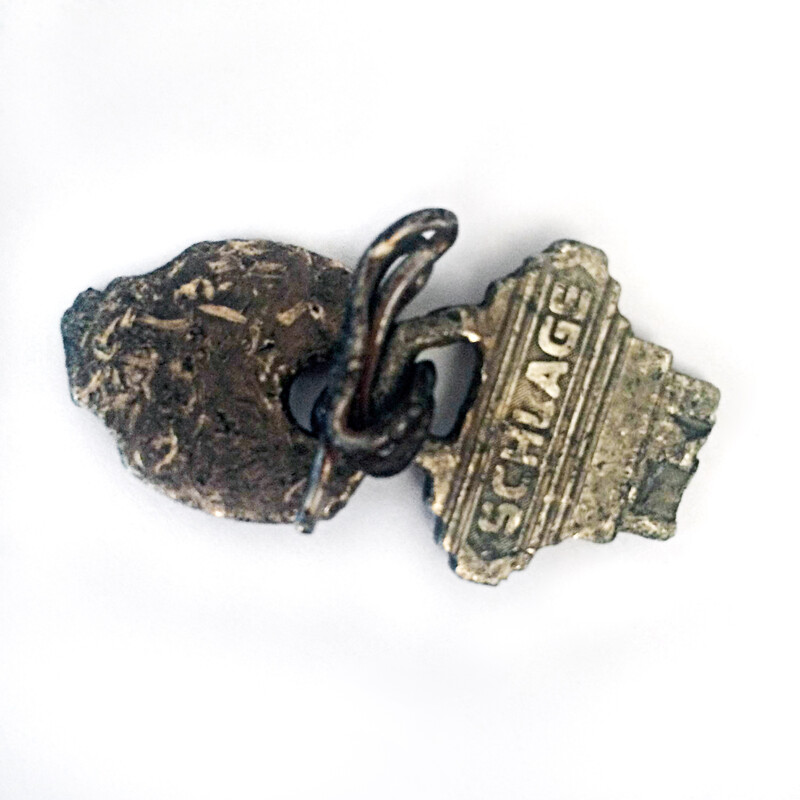
Keys
Brass
Ranu Mukherjee
San Francisco, California, USA
Lat/Long: 37.765764/-122.401007
February 9, 2016
Remnants of a set of keys, metal keys, common in this time.
How location is impacted by climate change:
Drought, projected sea level rise of 8 ft by end of century in a place surrounded by water with vulnerable infrastructure. Projected loss of species.
Note: This particular location is prone to liquefaction and likely has contaminated ground soil.
CALIFORNIA COLLECTION / USA
01.16/6109
Annex I, II, B
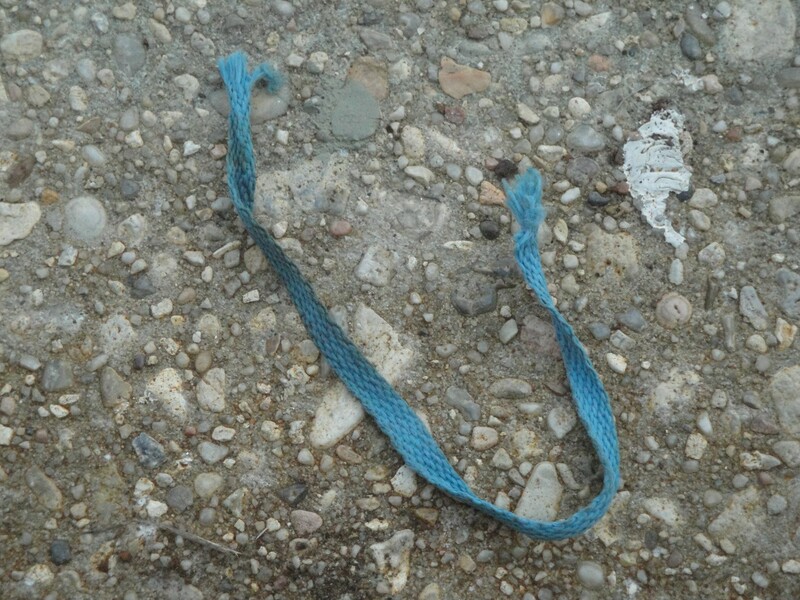
Blue string
Woven plastic
R.U.B.A.R.B.
Upper Ninth Ward, New Orleans, Louisiana
29° 57’ 15” N / 90° 4’ 30” W
2012
Found on an abandoned lot
NEW ORLEANS COLLECTION
5.12/6012
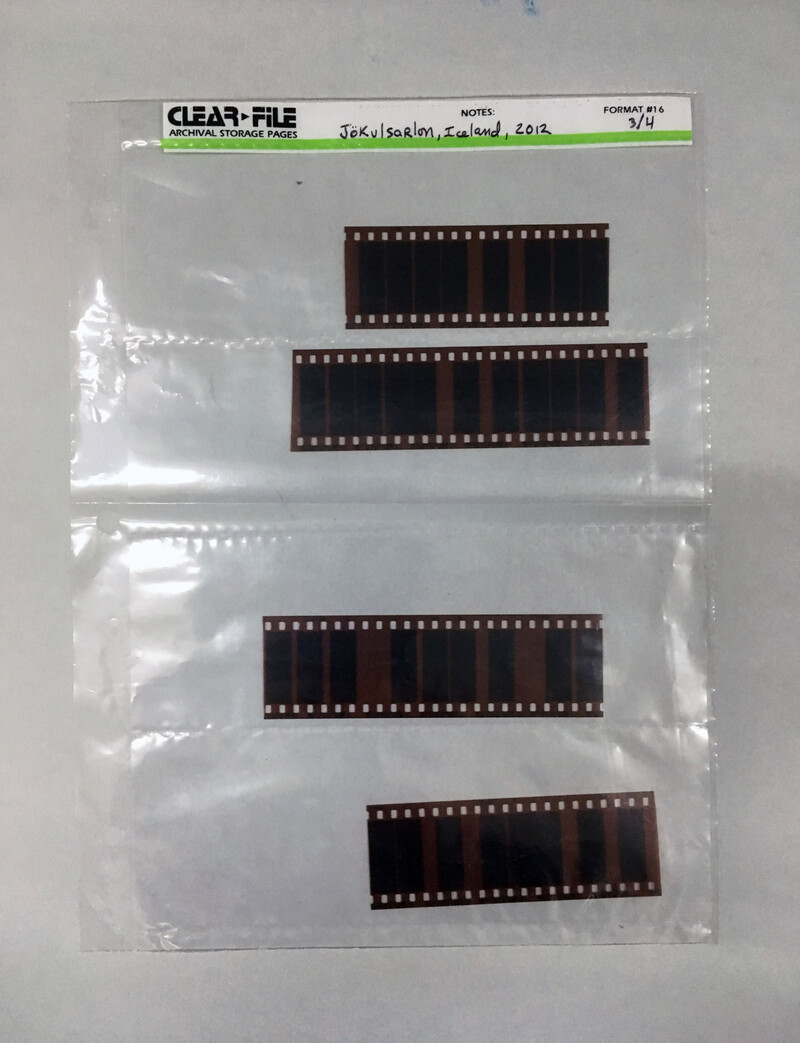
Glacier Film (2012)
35mm Lomokino film, color; digital transfer
Zoë Leonard
Jökulsárlón, Iceland
Lat/Long: 64° 4′ 13″ N, 16° 12′ 42″ W
November 19, 2015
Lomokino films are made on 35mm format film. The camera is hand crank, allowing for a variable frame rate. On average, there are four exposures per 35mm frame.
ICELAND COLLECTION
11.15/6107
Annex I, II, B (First Commitment Period)
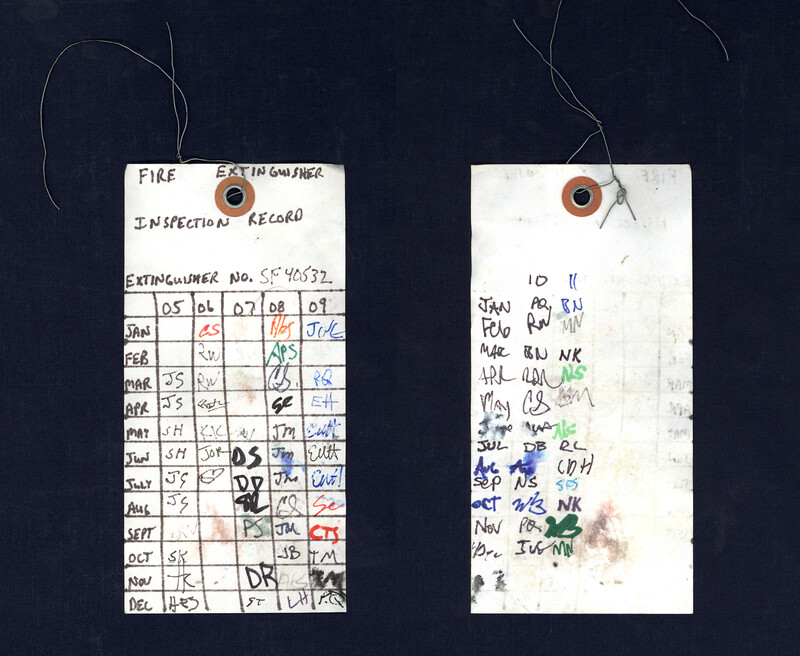
Fire Extinguisher Inspection Tag
Paper, wire
Micaela Neus
Palmer Station, Anvers Island, Antarctica
64°46’ S, 64°03’ W
2012
For Extinguisher #SF40532. Someone made this tag in 2005 to record the monthly inspections of this A-B-C Fire Extinguisher in the BIO-LAB back stairwell. Different members of the fire team wrote their initials each month until December 2011 when I used the last space on the tag. From the blank spaces, you can see that inspections sometimes lag at the end of the summer and the end of the winter when the respective crews get tired of the routine.
ANTARCTICA COLLECTION
12.12/6001
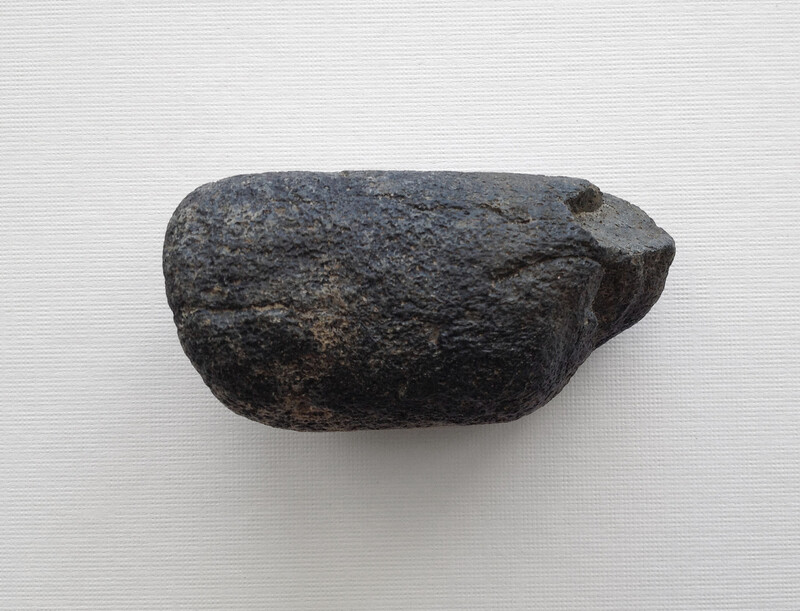
Dugong Fossil Rib Fragment
Metaxytherium floridianum
Kristie Anders
Peace River, River Road SW, Zolfo Springs, Florida, USA
Lat/Long: 27.3552° N, 81.8066° W
May 11, 2016
The dugong was deposited when the sea level was higher. It’s hard to date when this individual was here, probably about 100,000 years ago. It is related to manatees. This particular species of dugong is extinct. This rural area is one of the land masses people in Florida may move to as coastal refugees, and may see a population boom, and infrastructure demands will increase (water, sewer, electric). The land is subject to winds and rains from storms, hurricanes, and flooding, as the Peace River does flood.
FLORIDA COLLECTION / USA
5.16/6110
Annex I, II, B
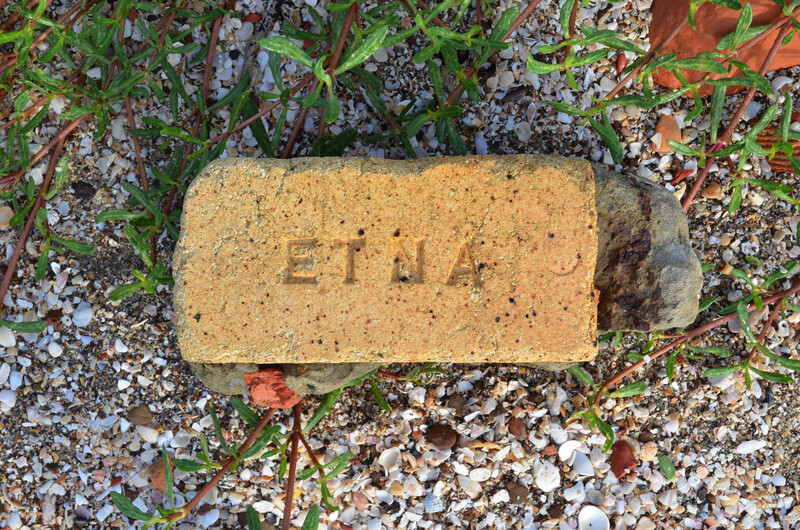
Dislodged Firebrick
Firebrick, Concrete, Rocks
Alicia Milne and Luis Vasquez La Roche
Constance Estate, Icacos, Trinidad and Tobago
Lat/Long: 10.062647, -61.927161
September 10, 2016
This firebrick was collected near to the site of a house on Constance Estate, Trinidad and Tobago, that was destroyed and claimed by the sea. The ruins are still visible in the waters of Columbus Bay. At the location where it was found there is a make shift retaining wall made of rocks and destroyed materials from the house, used to protect the remaining land from the sea. Icacos is 1 metre above sea level.
Notes: Icacos is located 11 km away from the Venezuelan coast and is witness to high levels of legal and illegal activity between the two countries.
TRINIDAD AND TOBAGO COLLECTION
9.16/6112
Non Annex I
See Connections ⤴